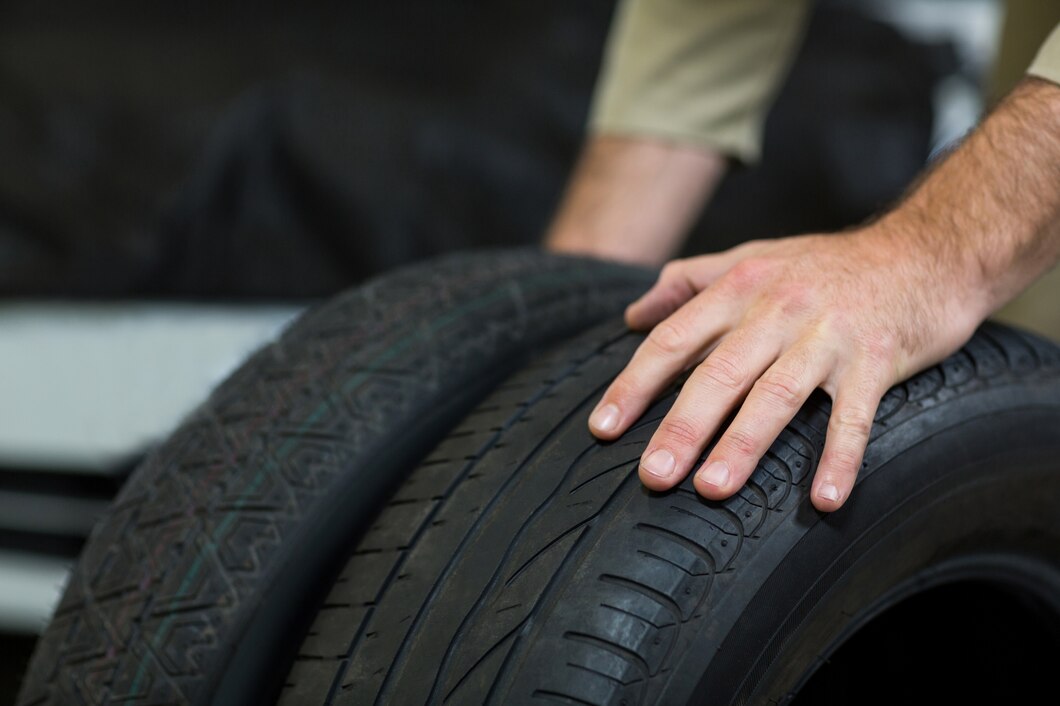Your car’s suspension system plays a crucial role in ensuring a smooth and comfortable ride, as well as maintaining control and stability on the road. Over time, wear and tear can take a toll on your suspension components, leading to issues that affect your vehicle’s performance and safety. Recognizing the early signs that your car’s suspension needs attention can help prevent more extensive damage and costly repairs down the road. Here are some key indicators to watch out for:
1. Uneven Tire Wear:
One of the earliest signs of suspension problems is uneven tire wear. If you notice that your tires are wearing down unevenly, with tread wear patterns that are inconsistent across the tire surface, it could indicate issues with your suspension alignment or worn-out suspension components.
2. Excessive Bouncing or Vibrations:
A healthy suspension system should provide a smooth and controlled ride, absorbing bumps and vibrations from the road. If you experience excessive bouncing, jolting, or vibrations while driving, especially over rough or uneven terrain, it could signal worn-out shocks or struts that are no longer able to effectively dampen road shocks.
3. Nose Diving or Squatting During Acceleration or Braking:
When your car’s suspension is functioning properly, it should maintain a level stance during acceleration, braking, and cornering. If you notice your vehicle nose-diving or squatting excessively when braking or accelerating, it could indicate worn-out or damaged shocks or struts that are unable to control the vehicle’s weight transfer.
4. Pulling or Drifting While Driving:
If your car pulls to one side or drifts out of its lane without input from the steering wheel, it could be a sign of suspension issues. Misaligned wheels, worn-out suspension components, or uneven tire pressure can all contribute to this problem, affecting your vehicle’s handling and stability.
5. Excessive Body Roll During Cornering:
When taking corners at moderate speeds, your car should maintain a stable and controlled posture without excessive body lean or roll. If you notice significant body roll or sway during cornering, it could indicate worn-out or damaged sway bar links, bushings, or other suspension components that are unable to provide adequate stability.
6. Knocking or Clunking Sounds:
Unusual noises coming from your car’s suspension, such as knocking, clunking, or banging sounds, are clear indicators of underlying issues. These noises could be caused by worn-out suspension bushings, ball joints, or other components that have become loose or damaged over time.
7. Difficulty Steering or Handling:
If you experience difficulty steering or controlling your vehicle, especially at higher speeds or when navigating tight turns, it could be a sign of suspension problems. Worn-out shocks, struts, or other suspension components can affect your car’s steering responsiveness and overall handling, compromising safety on the road.
8. Visible Damage or Leaks:
Inspect your car’s suspension components for any visible signs of damage, such as bent or broken parts, leaking shocks or struts, or damaged bushings. Any visible damage should be addressed promptly to prevent further deterioration and potential safety hazards.
If you notice any of these early signs that your car’s suspension needs attention, it’s essential to have your vehicle inspected by a qualified mechanic as soon as possible. Ignoring suspension issues can not only compromise your vehicle’s performance and safety but also lead to more extensive damage and costly repairs in the long run. By addressing suspension problems early on, you can ensure a smoother, safer, and more enjoyable driving experience for years to come.











